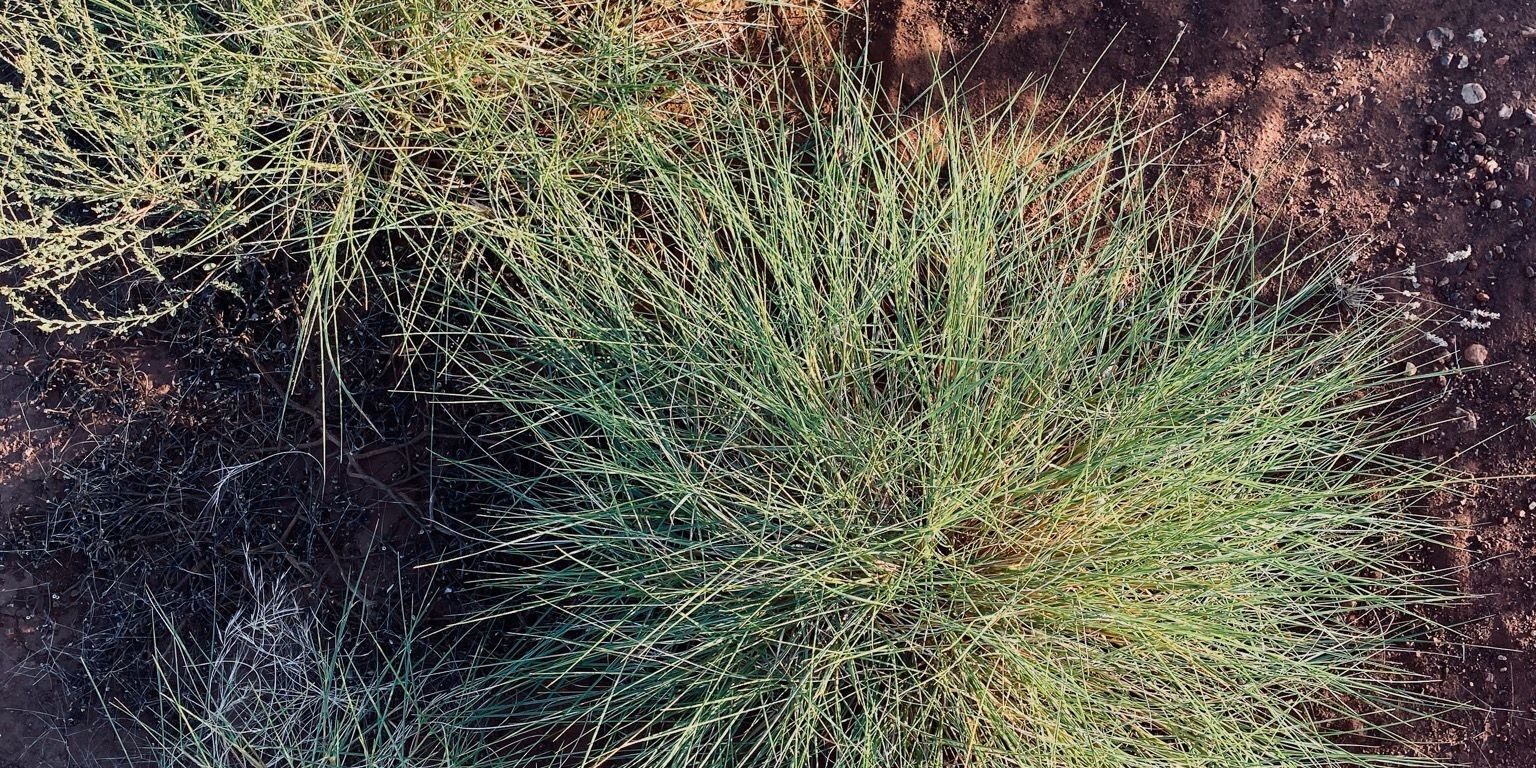The MaGPIE team acknowledges Aboriginal peoples of the distinct traditional lands and language groups of Western Australia as the Traditional Owners of the land upon which this research is based. We pay respect to Elders past and present and acknowledge that sovereignty was never ceded.
Aboriginal and Torres Strait Islander peoples are warned that this post contains references to the Stolen Generations and Aboriginal mass graves.
Western Australia has a complex modern history of colonisation, the legacy of which is felt across the state today. Largely un-investigated and unprotected, Indigenous mass graves in the region, dating to the nineteenth and twentieth centuries, form part of this legacy and warrant attention under the MaGPIE project. In September 2024, I joined MaGPIE as a postgraduate researcher to undertake this research, and with great respect for First Nations self-determination and rights in Australia, I introduce some of the historical context in my first blog post.
In 2023, The Guardian Australia reported on suspected sites of mass graves at three institutions in Western Australia, to which Aboriginal children – the Stolen Generations – were taken following their abduction by the state in the twentieth century. Conditions were poor and children experienced abuse and neglect resulting in trauma, injury and death. Echoing Indigenous experiences in Canada, many children never came home.
Such sites are part of a wider group of mass graves across the state that are not only physical landmarks of colonial assimilation policy, understood by many as genocidal, but also reflect the neglect of Indigenous burial ceremonies and rites that had sustained for tens of thousands of years until colonisation. From massacre sites at Pinjarra and Flying Foam Passage, the mass grave at Wadjemup (Rottnest Island) – Australia’s largest deaths in custody site – where over 370 Aboriginal prisoners were buried in unmarked graves, to suspected institutional mass graves, the social and physical landscape of Western Australia is marred by the historical neglect of the right to life for Aboriginal peoples, as well as the systemic disregard for traditional burial rites.
Today, Aboriginal communities throughout Western Australia continue to be impacted by these mass graves. Affected communities persist in their efforts to reinstate the rights and seek justice for their ancestors, exampled by the ongoing work of groups such as the Wadjemup Project and Yokai. The legacy of state violence is felt in contemporary community cemeteries in which young, untimely deaths continue to be disproportionally represented. Elders hold knowledge and memory of historical deaths on reserves and stations for which there are no formal records, whilst state archives contain documents demonstrating the neglect of Aboriginal cultural rights for those who were buried at Perth cemeteries like Karrakatta, following death in hospital.
Western Australia presents fresh challenges and opportunities for MaGPIE. Looking towards a collaborative and non-extractive research project contributing to Pillars 1, 2 and 3, mapping and engaging with cultural and Indigenous rights surrounding mass graves is an opportunity to establish productive relationships with First Nations communities in support of justice and truth-telling. This research will continue to apply interdisciplinary approaches and centre Indigenous and human rights, focusing on collaborative engagement by partnering with and learning from affected communities.
As non-Indigenous people in this space, this research looks to respect the authority of local traditional knowledge holders, asking how we can collaborate, be guided, and partner in knowledge-sharing exercises. Framing this work culturally and creatively, the first step is relationship-building led by First Nations ethics and ways of being to establish a meaningful way of doing in the Australian Indigenous context. It is an exciting time for MaGPIE in terms of diversifying engagement with our global community, integrating different knowledge systems and learning more about cultural and Indigenous rights







